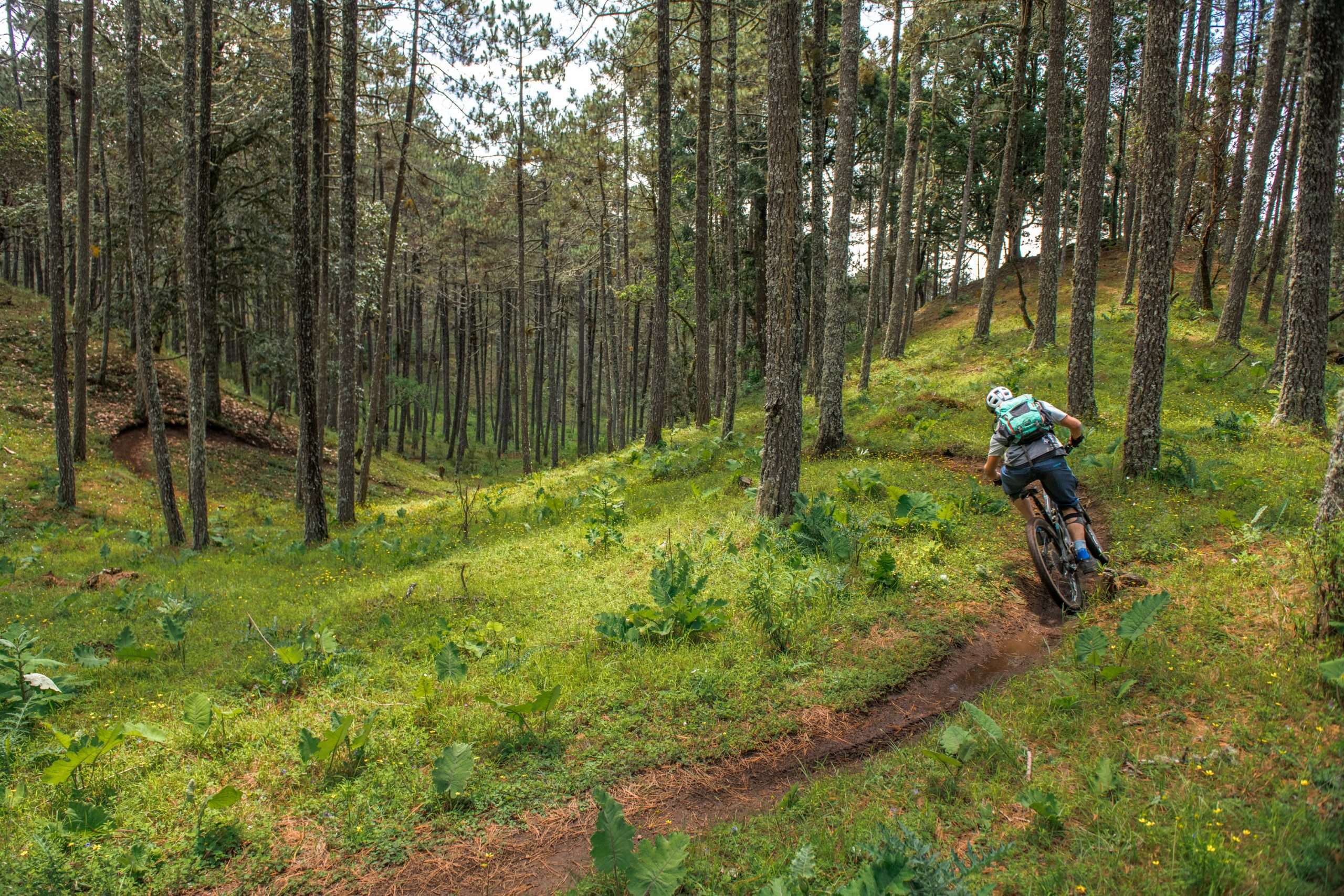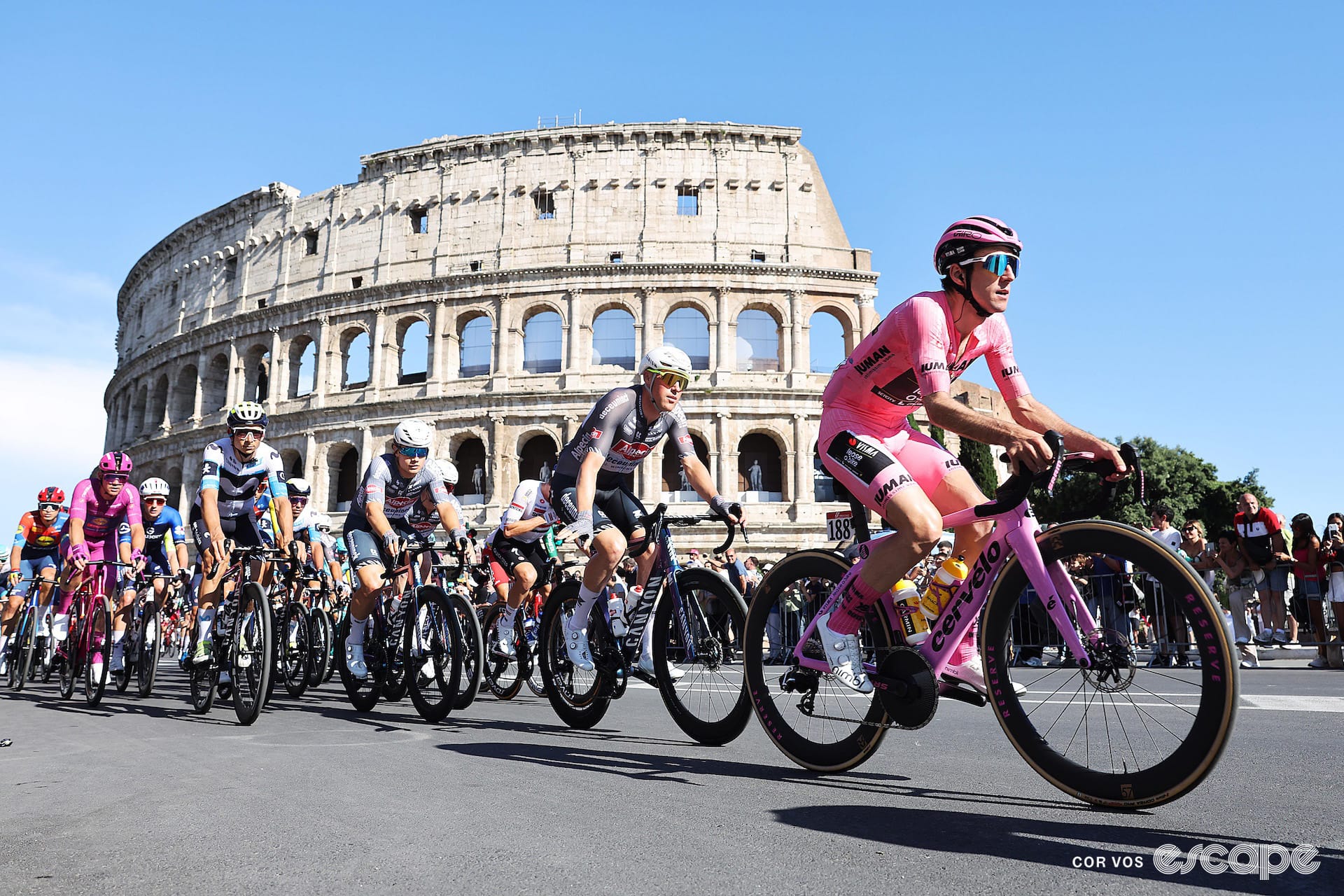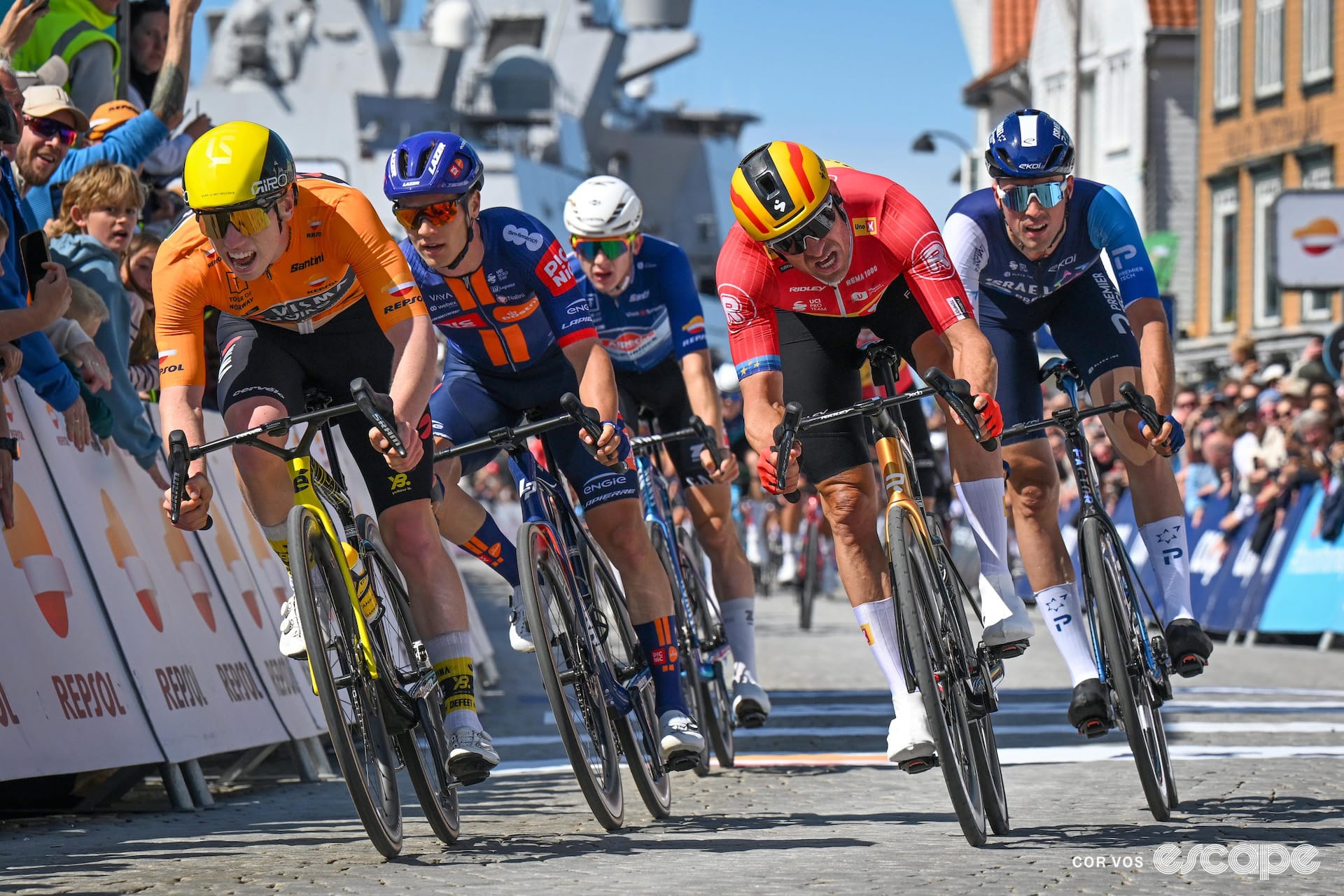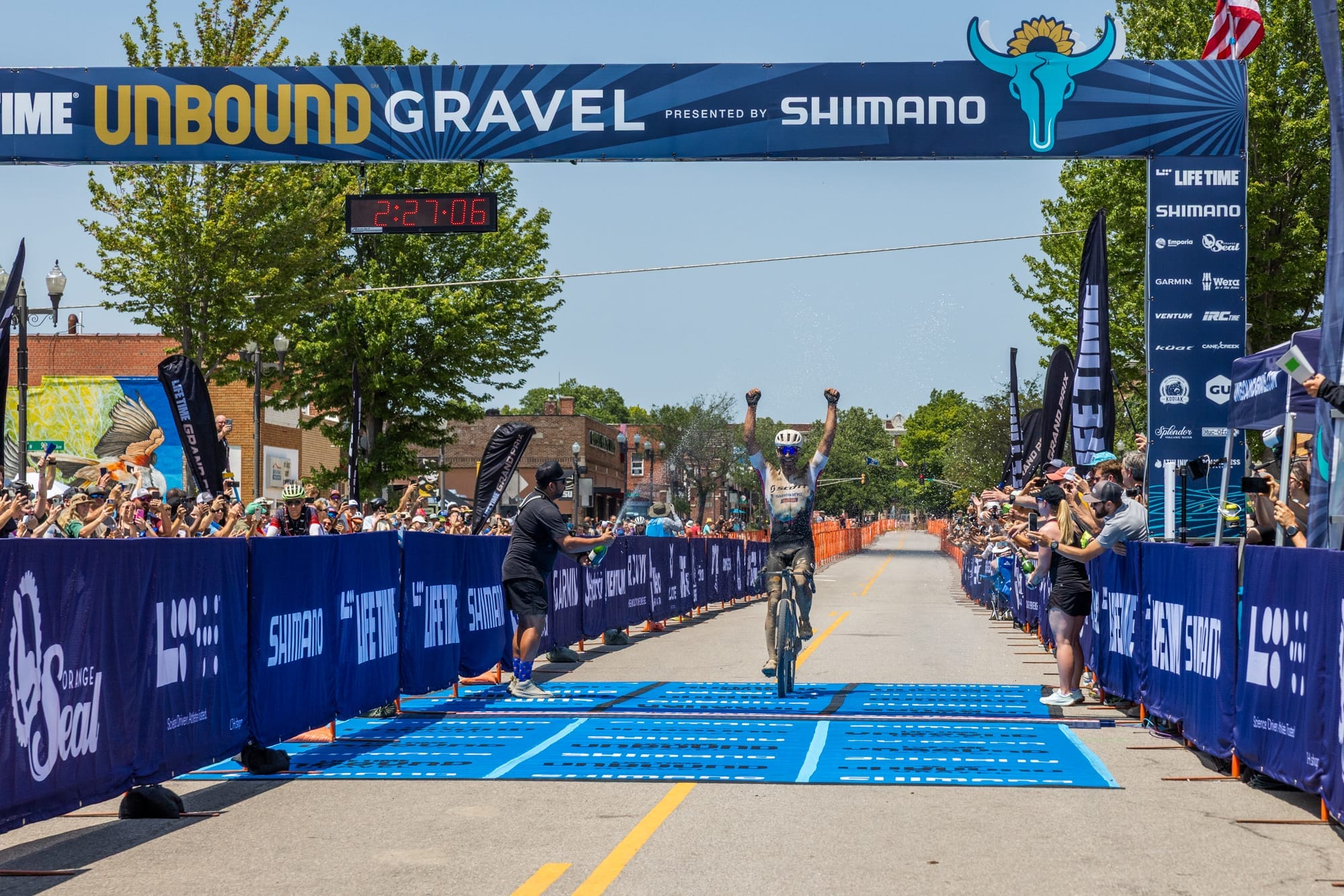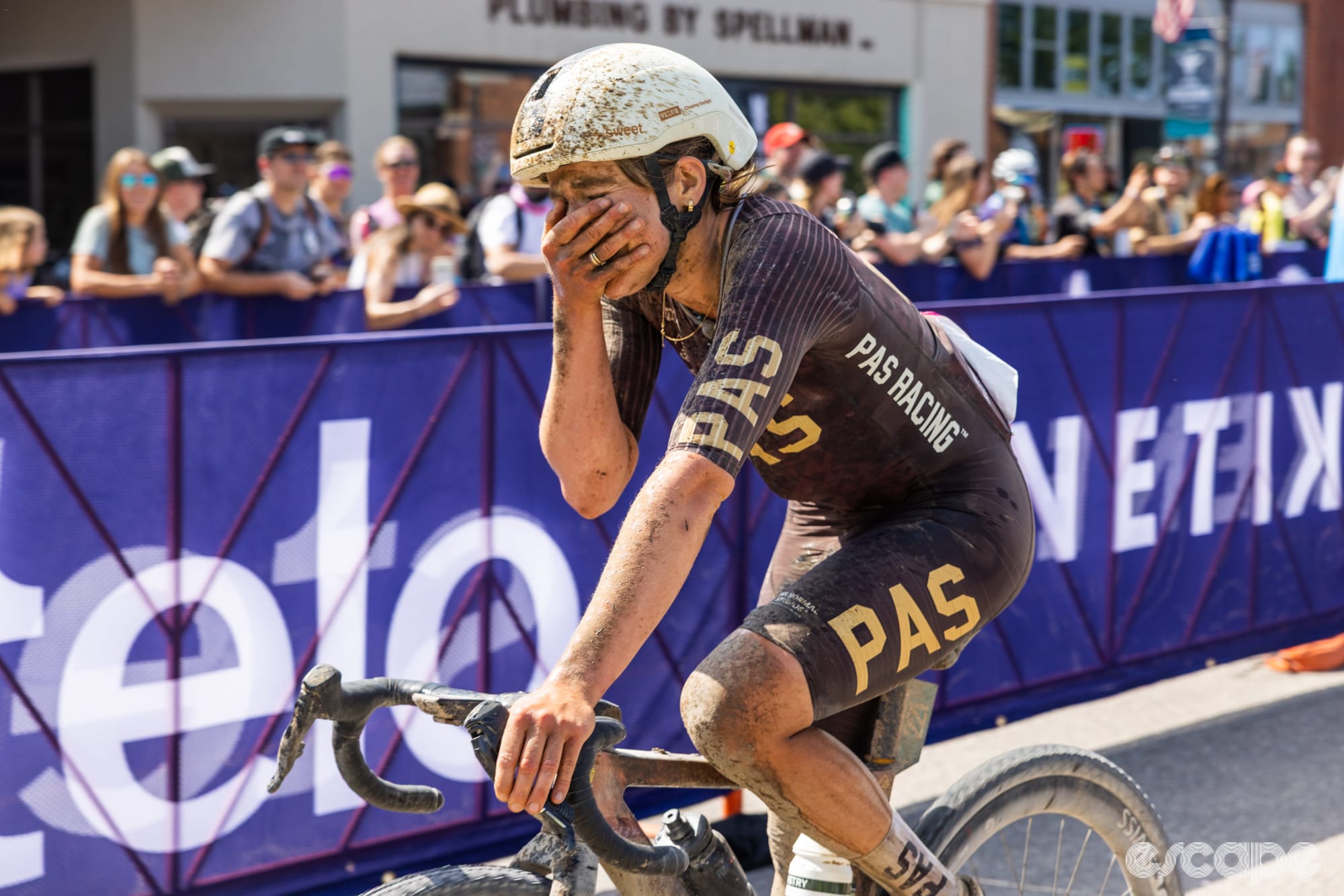When Eric Arce visited Oaxaca, Mexico in August, 2022, he hired an indigenous local guide for mountain bike rides through the lush mountains above the colorful city and shared meals with local people. In a piece for SRAM's blog, Arce says of his trip, “Amazing singletrack, some of the best food in the world, while hearing and practicing my Spanish all day. Can it get any better? I’m not from Oaxaca, but I feel so welcomed there.”
In January, I returned home from my own visit to Oaxaca, an experience that filled me with questions and doubts about the trip. I only read about Arce’s dreamy bike adventure – which stood in stark contrast to my own complicated experience – after I got home.
My partner and I made a plan to travel to Oaxaca for two weeks of bikepacking, eating the famous memelas, and basking in the sunshine as we made our way from Oaxaca City down to the Puerto Escondido coast through a series of rural towns. But that wasn't quite what happened. Only with hindsight did I realize why our experience and Arce’s were so different: seemingly small decisions carry important nuance, and affect how we approach traveling in underprivileged areas, particularly those new to tourism.
Layers of tourism
I was drawn to Oaxaca by the allure of a relatively inexpensive trip in a vibrant city. Over delicious meals and under colorful street murals, I quickly realized the many layers of residents’ perspective on our presence.
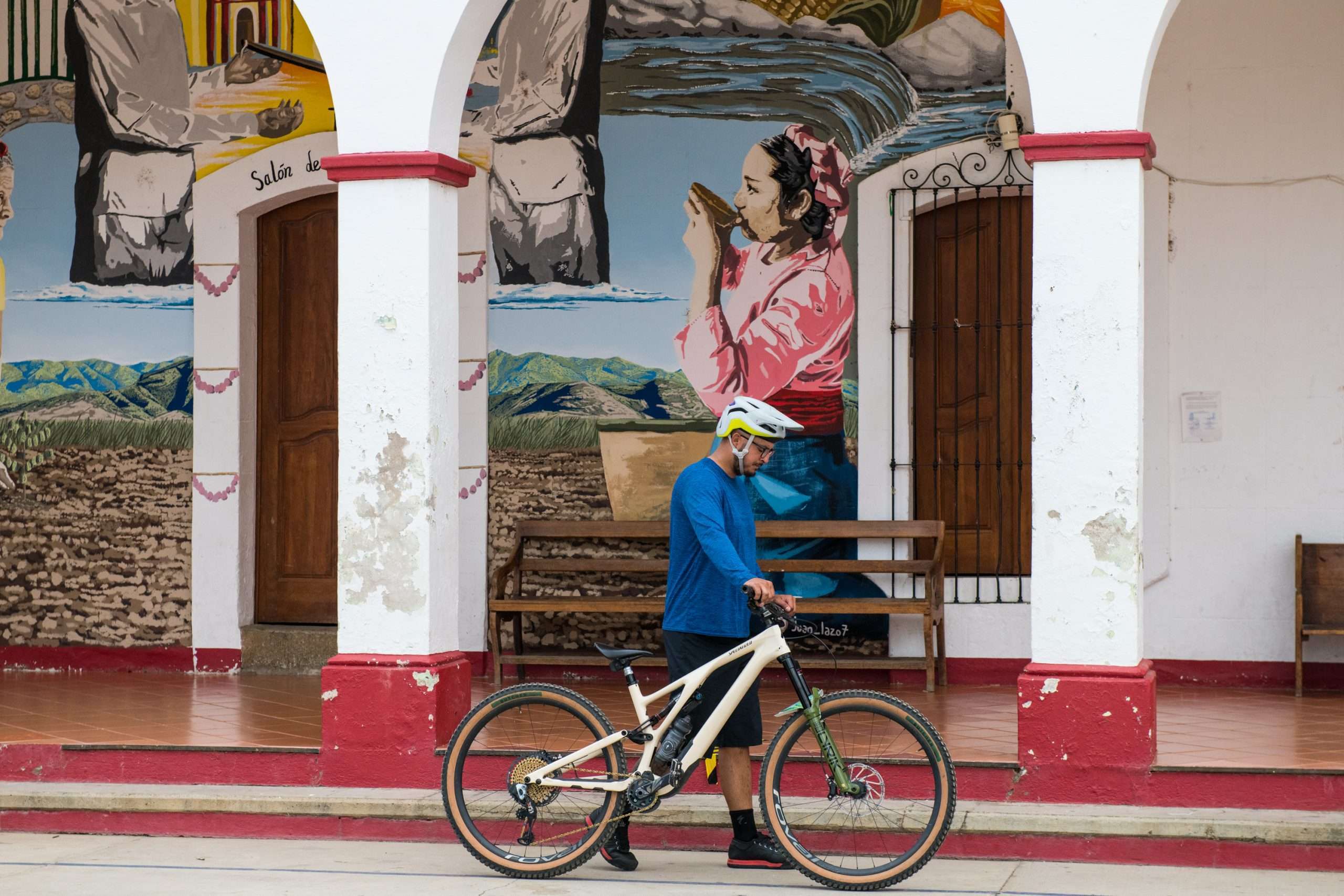
Our first morning in the city, we walked through the streets with a local tour guide and a group of predominantly white tourists. Our guide told us that tourism dramatically increased after the COVID lockdowns and the people in the city were forced to adapt rapidly. Costs in El Centro, the city center, swiftly priced out renters and business owners in this area. Homes were easily selling for more than USD $1,000,000 in a place where the minimum wage only recently increased to around USD $11.50 per hour, and where many people live on far less. Our guide told us he recently gave up his dream of opening a restaurant because it was nearly impossible to pay the rents in El Centro while charging the cheap food prices tourists expect.
More examples followed: I paid 60 pesos (about $3) for a massive lunch inside a building that would now cost $3 million to buy. Throughout the week, I asked local people about this contrast and realized how much discontent this complicated new tourism boom holds for local people. Most of the locals did not ask for tourists to come in droves to El Centro, but now each person has to adapt to the change.
After a few days we made our way out of the city with bikes loaded down for a five-day trip. The route started on a bike path built on the center highway median. We plopped out onto a sidewalk and rolled over graffiti that said “gringo go home.” We, the gringos, both noted this silently and continued pedaling.
After our first day, we rolled into a small town where we’d booked our last Airbnb of the trip. Google maps was wholly disoriented here, so we walked up and down a notably steep road, searching out house numbers. A man named José popped out of a large set of teal doors. He grinned at our bikes and asked where we were going.
Within 30 seconds he had invited us to his family’s dinner and we graciously accepted, the invitation a stark divide from “gringo go home."
We ate roasted goat with mole and laughed as my partner slowly practiced Spanish and I tried to translate, the abuelas continuing to put food in front of us. We ate fresh tortillas, Oaxacan cheese, fluffy cake, jello, mezcal – it just kept coming.
No hay hotel
The route we followed noted that it was possible to “wild camp” if you are willing to tuck away and leave early in the morning. There is limited public land in Mexico, and even fewer places to freely camp, so people recommended asking the locals if it is okay to sleep on their land. I was nervous about this plan but trusted the other cyclists who had ridden the route. As it turns out, my apprehension was founded.
Our second day we planned to ride, as recommended, into a small town and ask people if there was somewhere we could camp or a nearby hotel. Many people simply shook their heads when I asked if there was somewhere we could stay. As the sun set, I started to panic.

We spoke with a police officer standing in front of the municipal building. She kindly began looping in anyone who walked by to ask if they knew of anywhere we could stay. We eventually found a place to sleep, thanks to a dozen locals calling anyone they knew, including someone who could translate Zapotec, the predominant language here. In the process however, the image I have of myself as a self-sufficient bikepacker quickly faded. I felt like an imposition and all I could do was thank everyone a few too many times.
Choosing locals choosing tourism
By contrast, Arce arrived in Oaxaca with the primary goal to soak in the knowledge shared with him, partly but not only by riding. He began his trip by hiring a local indigenous cultural guide to show him around the city and tell him about the land he was visiting.
“My goal was to learn about cultures that aren’t my own and really try to appreciate that knowledge. All the beautiful things that people photograph or appreciate about Oaxaca come from indigenous people. I really wanted to learn more about that,” says Arce.
Arce’s parents are from Mexico and he grew up with deep family ties in the state of Durango. Even with this tie, Arce says, “I am still an outsider/insider kind of person. I’m still not from Oaxaca, I have no connections to Oaxaca. I am Mexican, but I had so much to learn there.”

Arce's favorite experience in Oaxaca involved hiring an additional indigenous guide to take him on a gravel ride. They rode through an archeological indigenous site and ended the ride at a local family’s home. The family cooked a delicious meal, showed Arce how they’ve been making intricate rugs for generations, and even introduced him to eating roasted crickets – a common topping on many dishes.
“It’s really important to specify that the guides are indigenous owned guides and be intentional about that,” he says of his intentions. “Lots of the guides are either white or from other parts of Mexico.”
Arce says, “I was really soaking all of that in. Once you know more about the culture and the city and the people, it makes riding much more powerful.” He spent multiple days following locals around the trail systems, riding the loamy berms and moss-covered boulders. He trusted the people he was riding behind as they provided him insight about everything from the lines to take to the cultural importance of the areas they were riding. “I’m just a visitor here. Whatever they think is going to be good is probably what I should be doing,” says Arce.
In search of intention
The contrast between my experience and Arce’s experience highlights the nuances and the complications of international bike travel. Decisions that may seem small, like choosing to bike in places where you can hire a guide, are crucially important when traveling to an unfamiliar culture on unfamiliar terrain. Our choice not to do so carried vastly different implications for our presence than Arce’s, especially on the bike.
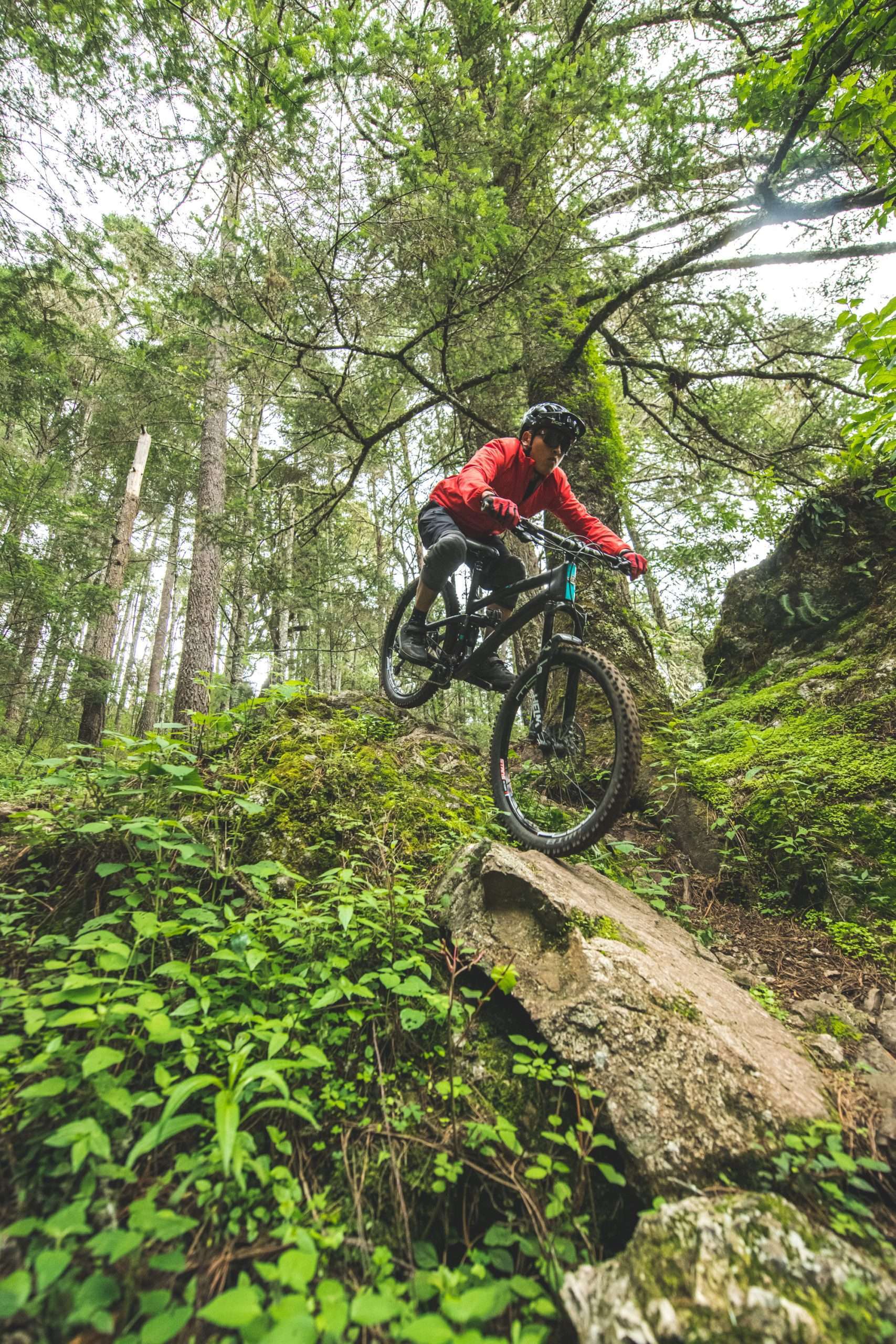
Arce was primarily interacting with people who had chosen to work in the tourism industry as local guides or hosts. In contrast, I ventured to places where the people had not opted-in to interact with the tourists. The gravity of these seemingly small decisions only settled in after returning home. I unpacked my bike with a palpable disappointment and a resolve to shift my approach to traveling.
There is a certain feeling among bikepackers, myself included, that we will always be welcomed. Many of us carry a sense that showing up on a bike makes us exciting and accessible to people - especially when compared to traditional tourist travel practices like showing up on a massive bus or in a rental car. However, the truth is our presence isn’t always welcome. In our case, we later learned that the village where we had such a hard time finding a place to stay is on indigenous land and run under an entirely different governance than Oaxaca city. Given the colonial history, the people in this area are incredibly protective of their land and critical of visitors.
Bikepacking offers a sense of challenge. We often set off on long days, with the plan to conquer challenging routes. But that mentality can push out time for learning or for listening to the people around us, pausing to appreciate what a gift it is to be welcomed into a new area. This latest trip highlighted for me how I would like to bikepack: no excessively long days, no conquering mentality, no absolute reliance on other people’s kindness, plenty of time to stop to listen and learn, and a much larger humility as someone who is a visitor in a place.
As Arce observes, “Bikepacking can be a really beautiful experience [but] it needs to be coupled with humility to be that way. What is really the intention of the trip? If your intention is at odds with ethical traveling or ways to traverse across these communities, it might be time to rethink how you travel.”
Now that I better understand this dynamic, spending more time learning about an area before and during travel now feels foundational to my future plans. My trip plans had revolved around riding, while Arce’s desire to learn was the primary goal of his trip. Mountain biking was the vehicle to learn about the people, history, and culture in Oaxaca.
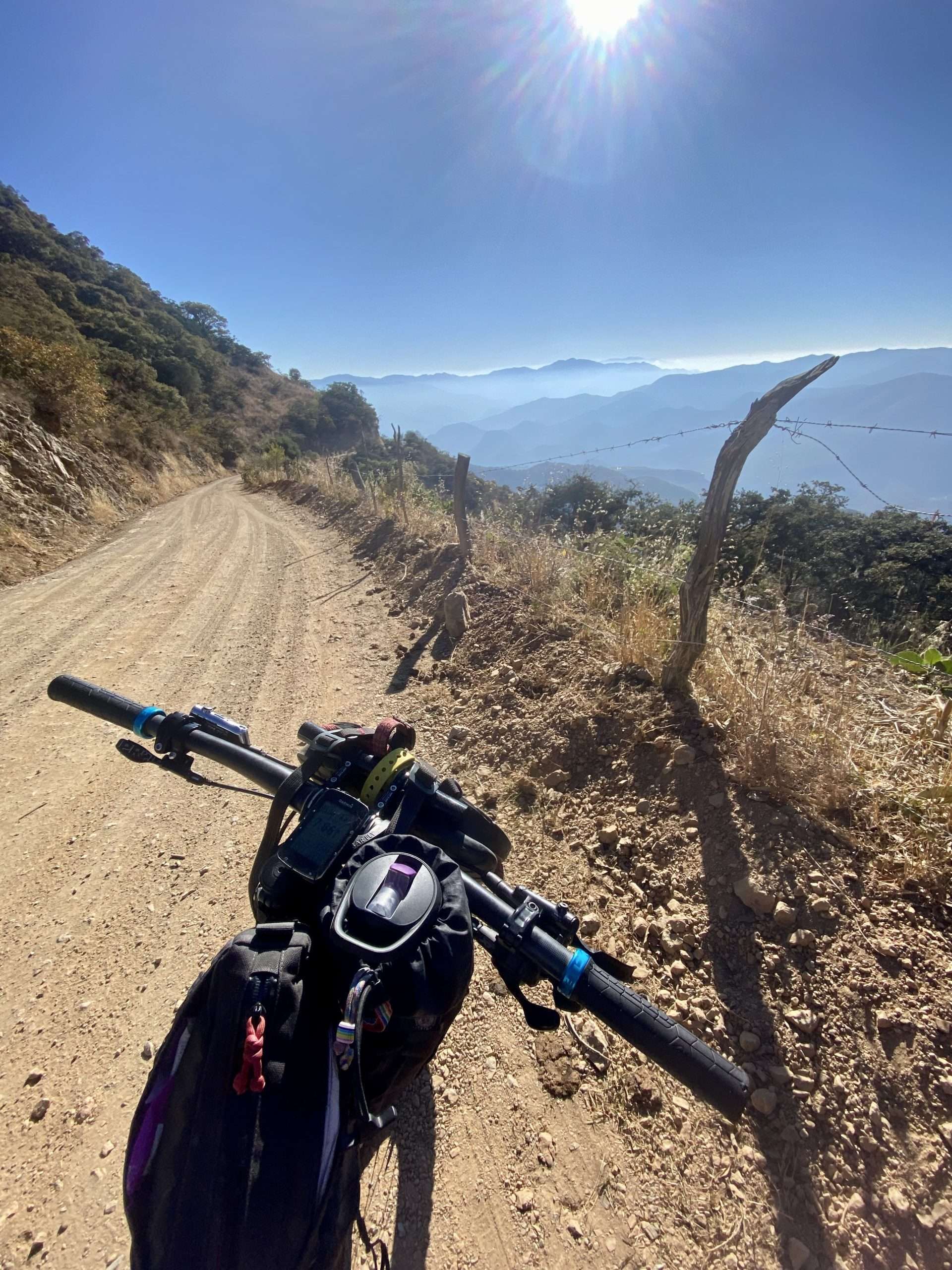
Although he too traveled in a place with the complications of tourism, he did so in a way that honored the people and the land, he paid local people to teach him, he practiced Spanish, and shared in the joy of following guides down their favorite technical singletrack. “Being there made me want to learn even more,” he says.
This sentiment is precisely how we can travel, with gratitude and respect for the knowledge we can gain and an openness to follow the lead when a local guide says, “Follow me, I’ll show you my favorite line.”
Indigenous-owned guiding options in Oaxaca
Culture - Zapotec Travel by Lily
Hiking and Biking - Zapotrek
Mountain biking - MTB Oaxaca Adventures
Did we do a good job with this story?

